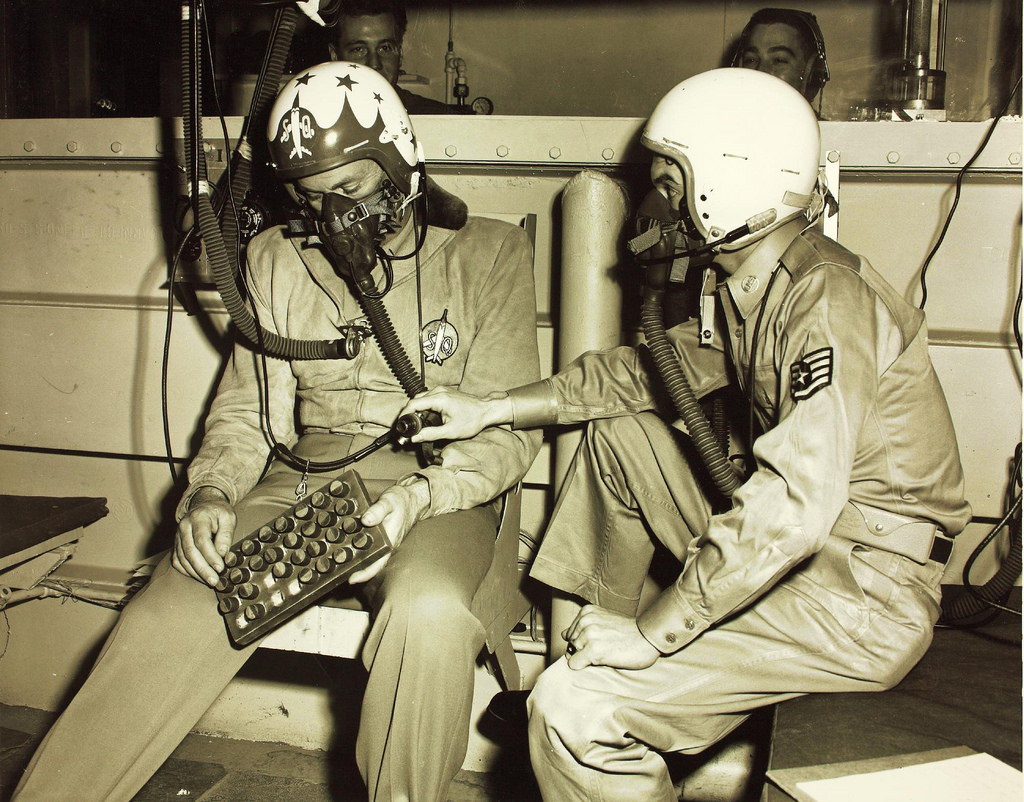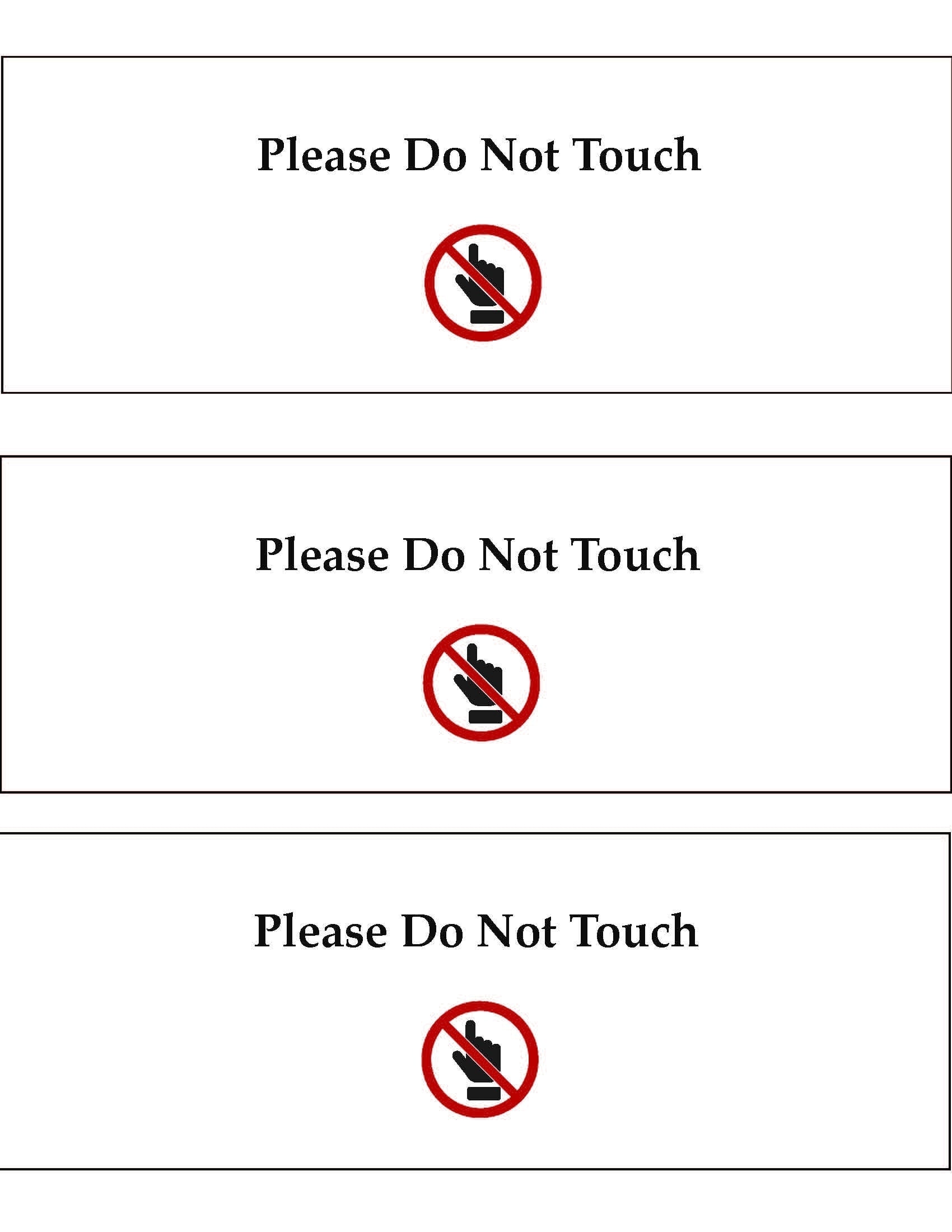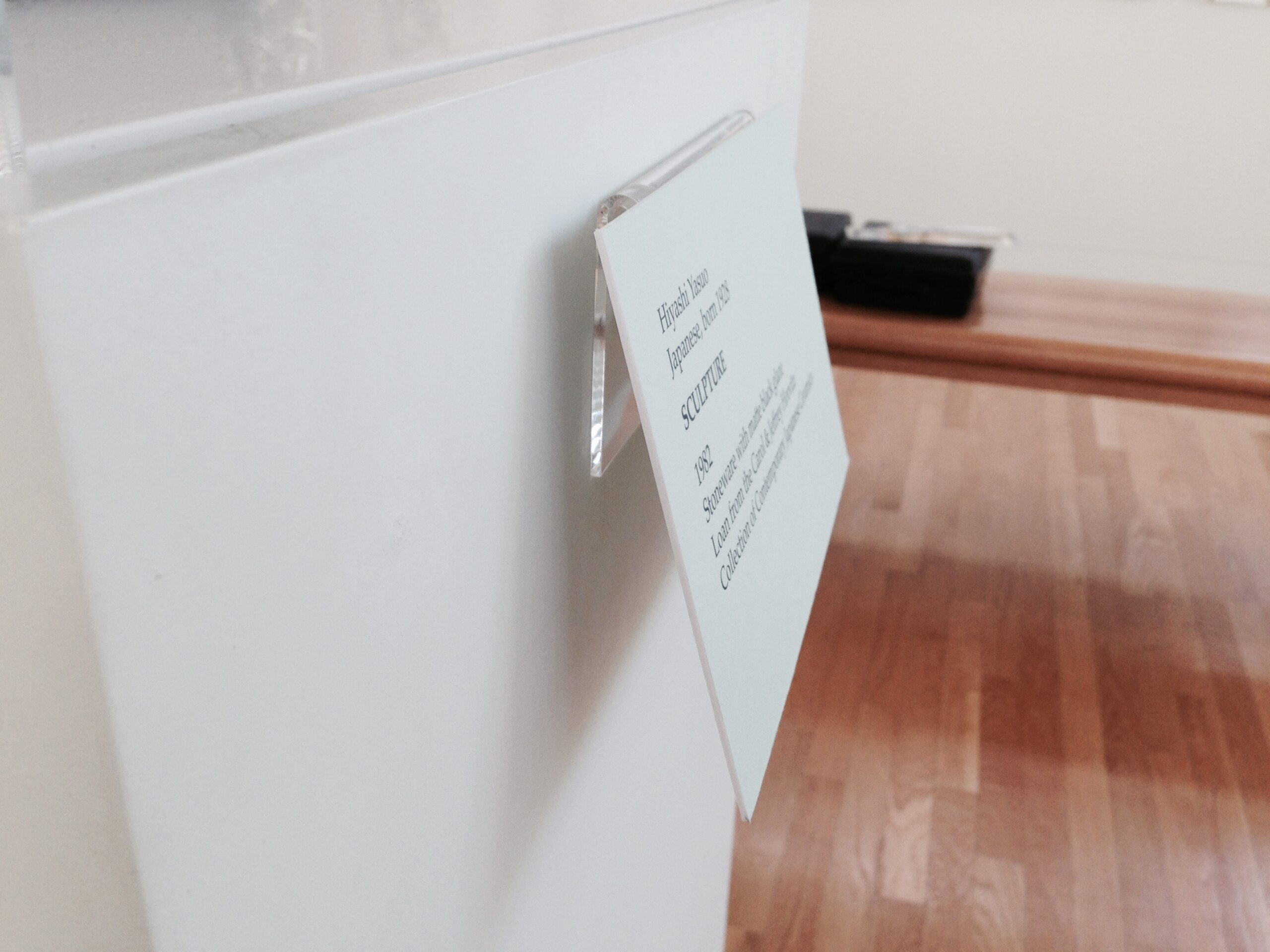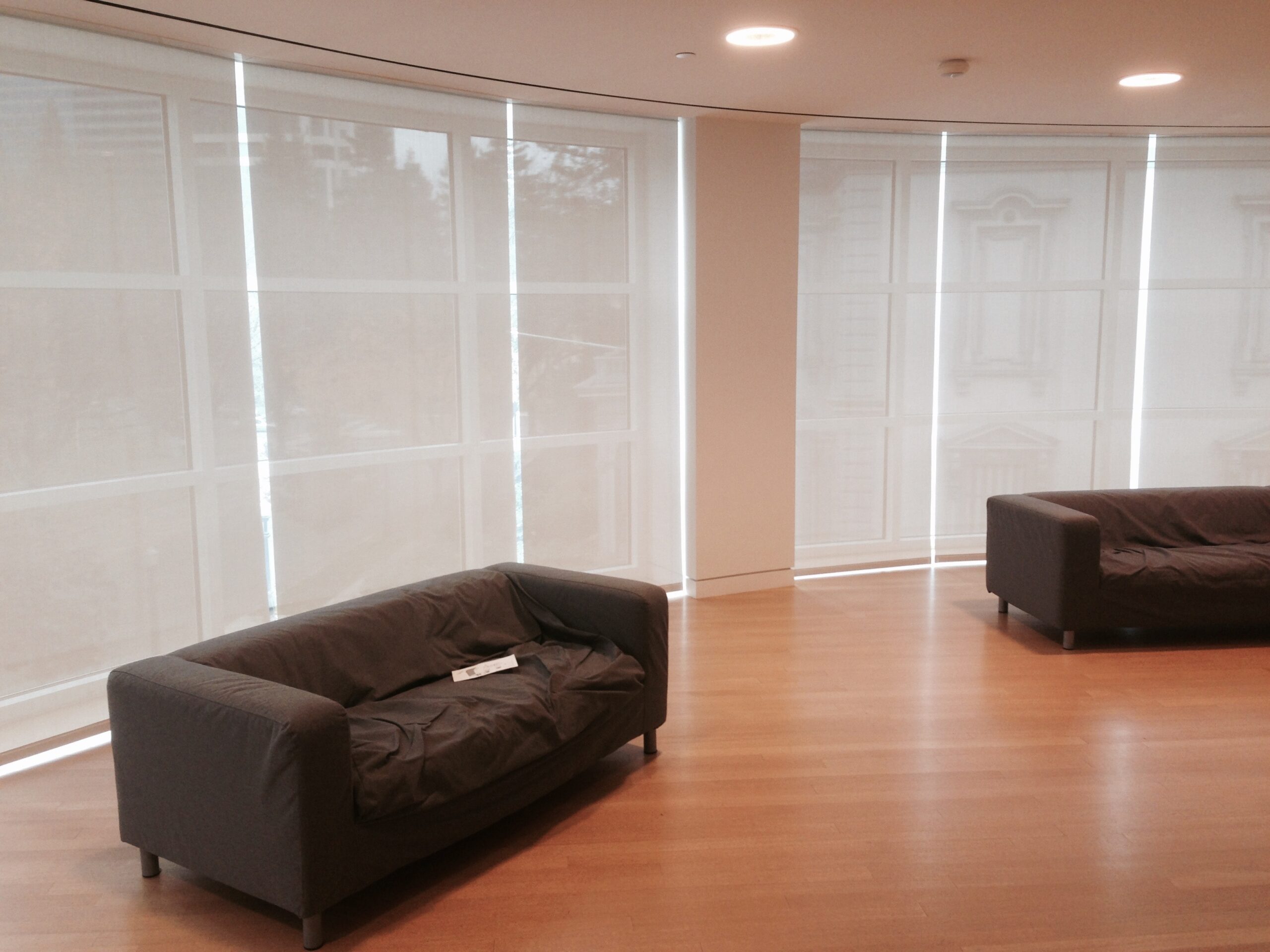EXHIBIT TIPS FROM AROUND THE WORLD
This is an extended version of an article that appeared in the January/February 2014 issue of ASTC’s Dimensions magazine. Kari Jensen, senior exhibit developer, Oregon Museum of Science and Industry, Portland
ON PROTOTYPING
The Museum of Science, Boston, has been prototyping extensively since the 1980s. We have experimented over the years with various ways of prototyping, all using an iterative process of exploring, testing, and refining learning and design strategies so that the final exhibition fulfills the project aspirations, which include meeting the needs of the widest possible range of visitor abilities, learning styles, and interests.
We have found that the most successful projects are ones in which the team engages in a design process that includes:
- data-based decision-making
- active reflection upon and discussion of critical issues
- continual refinements of exhibition designs
- a focus on the visitor’s experience and learning.
We typically prototype in phases, from the earliest concept in which we confirm that the idea has traction with visitors, to the near-final version of the component, in which we verify that the visitors can successfully use, learn from, and enjoy the component, and that the component is technically feasible and maintainable.
Research and evaluation staff are included in every team, which results in a seamless process, and ensures not only that findings from prototyping are applied throughout the life of a project, but also that lessons learned during one exhibit project are applied to other projects as appropriate.
Recently we have found success in increasing our emphasis on testing the technical feasibility and maintainability of components throughout the prototyping process. Our technical designers and exhibit maintenance staff are working closely to refine a process that ensures that components are designed in a way that they can be easily repaired, and that replacement parts are available and affordable, are safe for visitors, and are durable for long-term survival in our extreme exhibit hall environment!
Andrea Durham, former director of exhibits, Museum of Science, Boston






Leave a Reply
You must belogged in to post a comment.